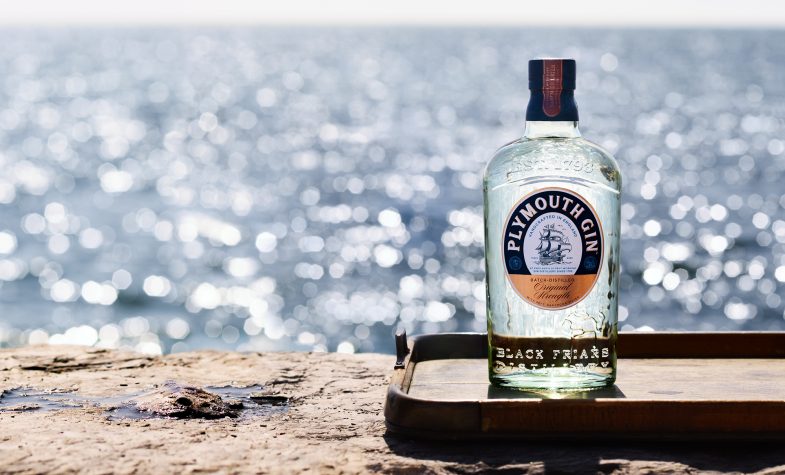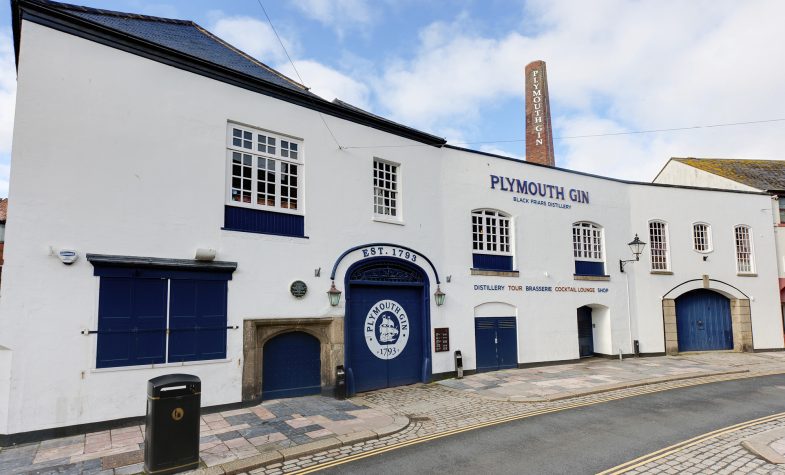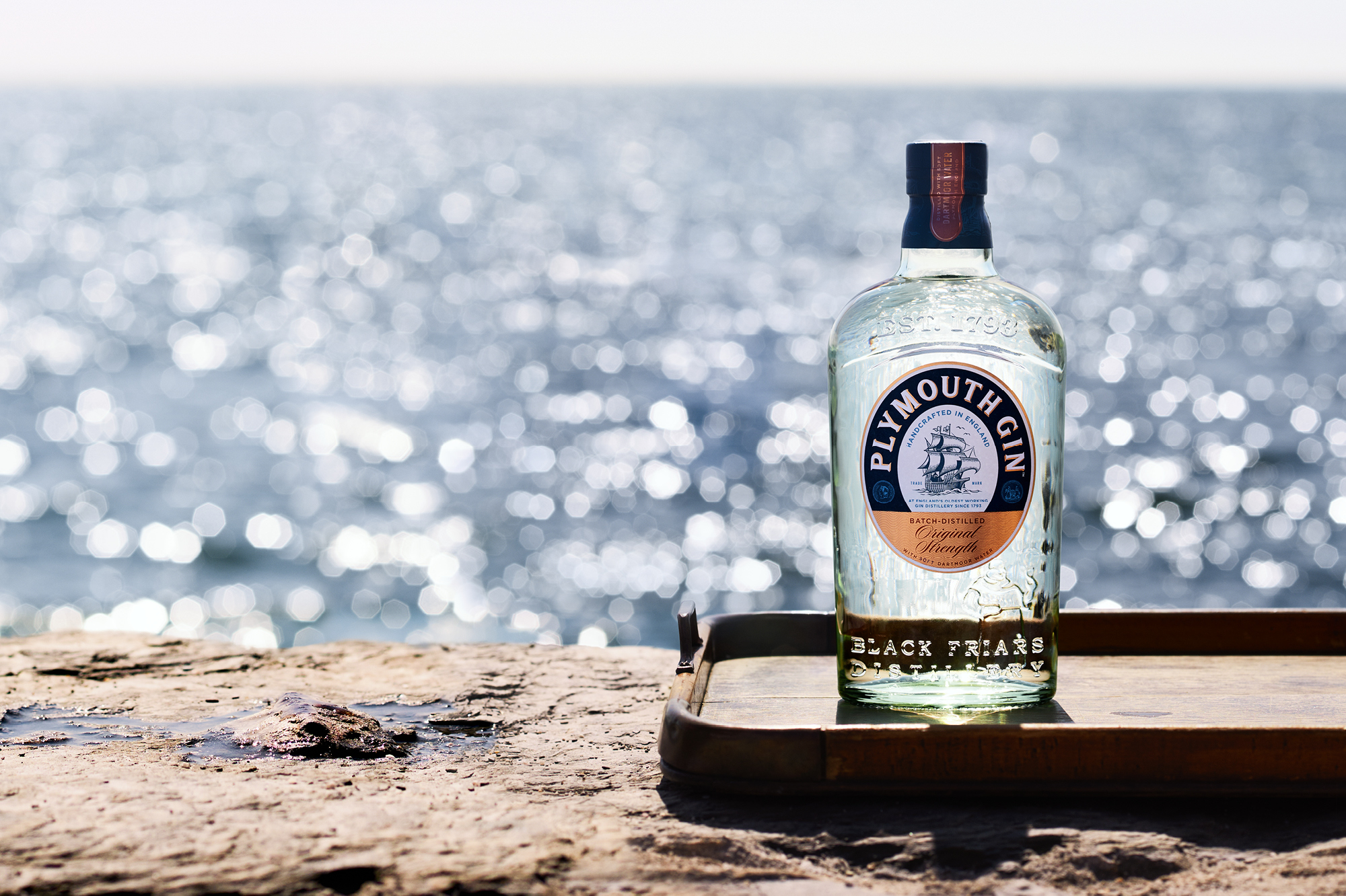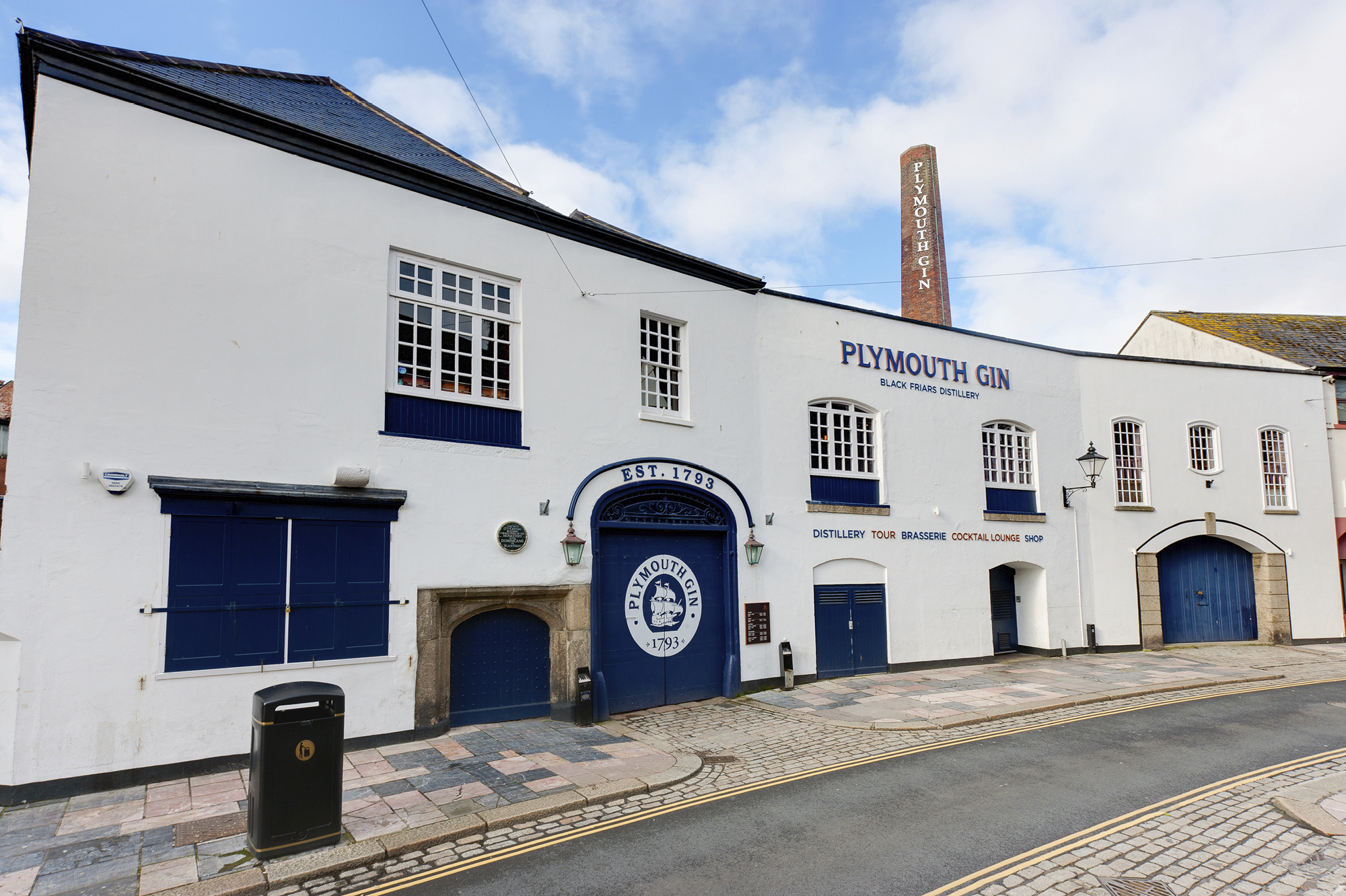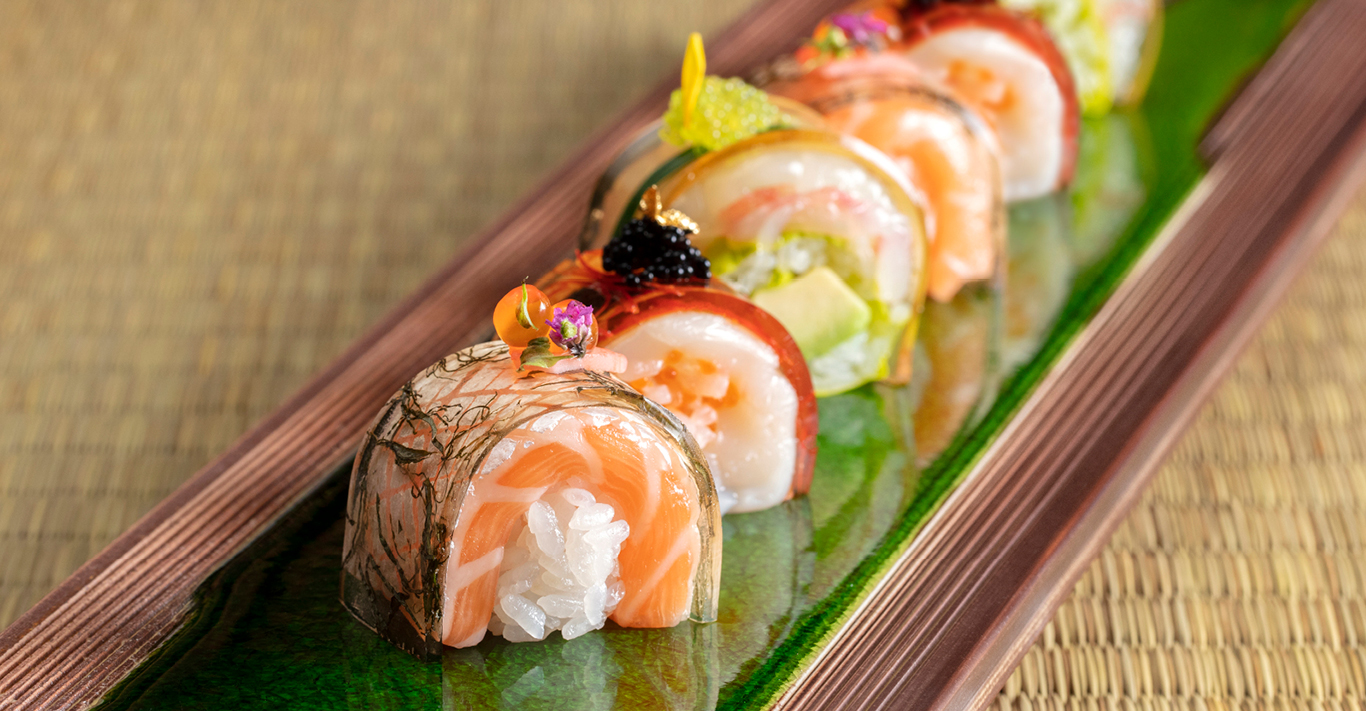WORDS
Jane Fulcher
Can you explain your role at Plymouth Gin?
As master distiller, I’m the person responsible for making sure Plymouth Gin is what Plymouth Gin should be. I say this because it is an original recipe over 200 years old, and it’s vital we maintain the same style, same flavour profile, and the same quality that’s always been created throughout the production of Plymouth Gin.
I also run the distillery and it’s my job to ensure we are in full legal compliance of running a gin distillery in the UK.
How did you start working with Plymouth Gin?
Right place, right time is what I always say. I was coming to the end of my time in the Royal Navy and in my last six months, I met Rachel, who I later went on to marry. We decided to move in together in Plymouth and I immediately started looking for a job. This was a time before the internet so each week I would scour the local paper jobs section and after a few months, an assistant manager job was advertised. I sent in my CV, got the job and started in November, 1994. And now here we are!
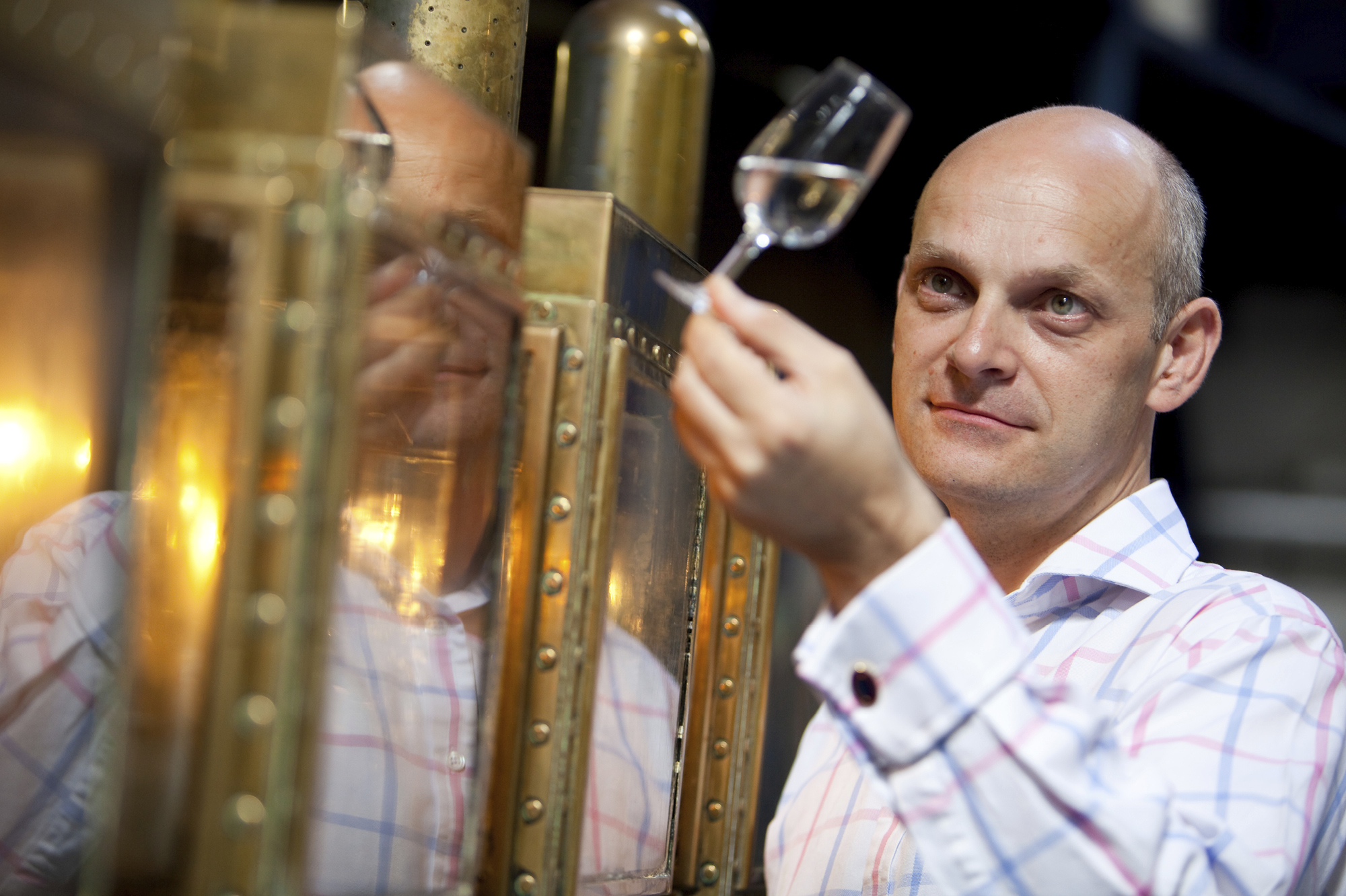
What can drinkers expect from Plymouth Gin – what flavours and notes should we look out for?
Plymouth Gin is very much a traditional gin and we unashamedly celebrate that we are juniper forward. Around that flavour of juniper, we have some strong citrus notes at the beginning and then there’s a nice gentle, smooth earthy note at the end.
With Plymouth Gin, the less you put into it, the more you can appreciate it. It works with the martini, gimlet and gin and tonic style drinks, where all you’re doing is adding one extra flavour to enhance it. Because of the way the actual flavour profile works, it’s a very easy gin to drink, even just by adding water to it. It’s better off with fewer flavours added on top of it.
Plymouth Gin dates back to 1793. How do you celebrate that heritage in what you do?
It’s a privilege to have such a long and storied past. There’s only a couple of other gins that are older than Plymouth Gin so it’s a very unique position to be in.
We celebrate our heritage in quite a few ways; our distillery is the original distillery where Plymouth Gin was first created in 1793 and the oldest working gin distillery in England. The oldest part of the distillery is a building that is over 500 years old and is Grade II listed. Like most distilleries nowadays, we have a visitors’ centre, but we have a bar and restaurant as well, so we encourage guests to come and eat and drink in the bar. It allows guests to enjoy what Plymouth Gin is all about in the heart of the distillery.
While we celebrate our heritage, we also strive to secure a positive and sustainable future for Plymouth Gin. The distillery is 100 per cent powered by hydro-electricity and all the botanicals we use are recycled via an anaerobic digestion power plant to turn waste into energy. We have also introduced a newly redesigned bottle which is 100 per cent recyclable.
We continue to honour our past within our branding, which has mostly been the same since the 1880s. Our label includes an illustration of the Mayflower, which is a big part of Plymouth history, and we have a monk imprint on the glass of the bottle because the distillery is known as the Blackfriars distillery.
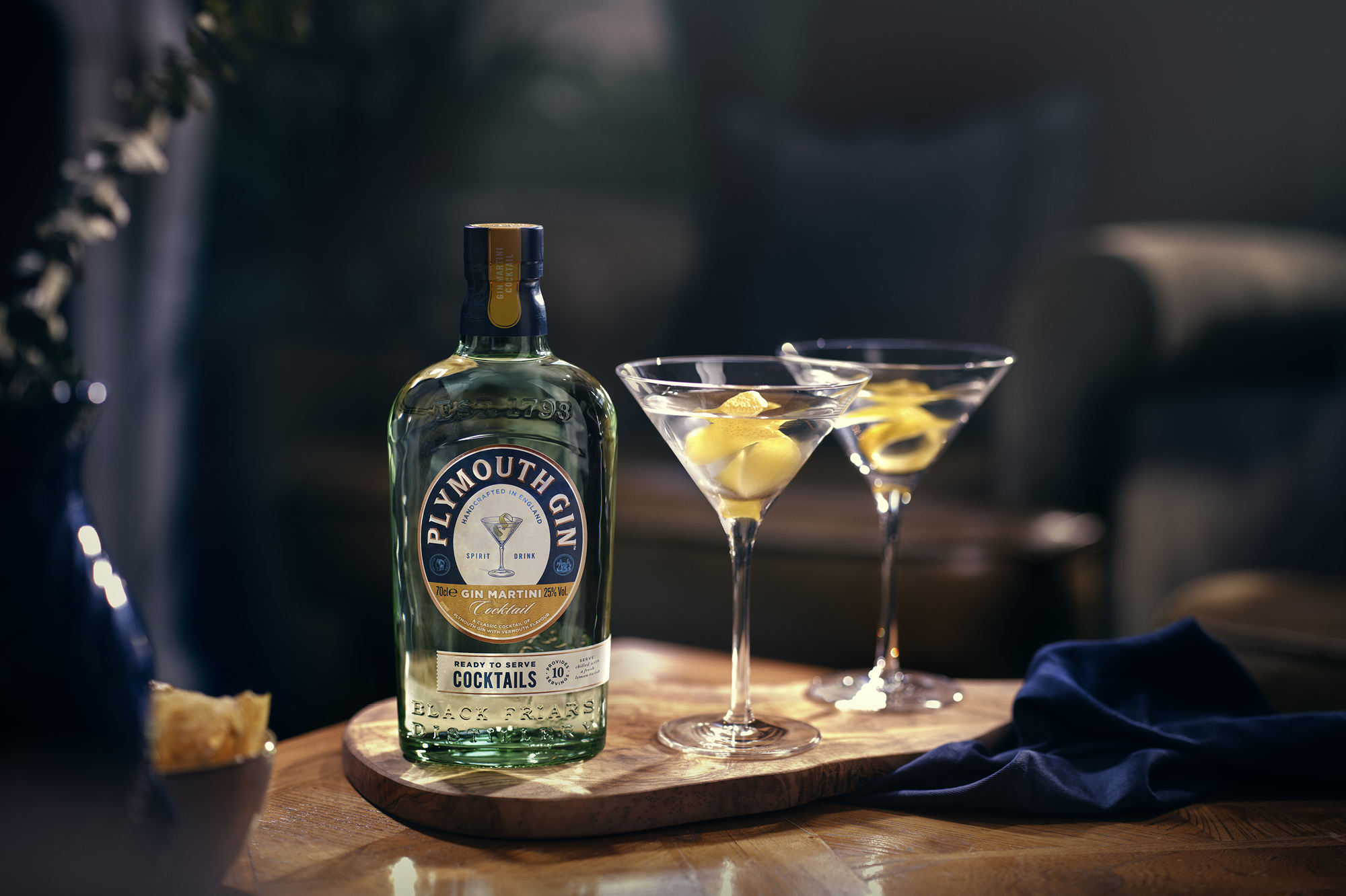
The spirit of adventure and exploration is important to Plymouth Gin – can you explain why and how you incorporate this spirit in your gins?
Our history is intrinsically linked to exploration and travelling the seas with the Royal Navy. If you go back 200 years, the distillery needed to be by the sea so the ships could easily bring the botanicals in and take out bottles of gin to distribute around the world. Plymouth Gin is a very versatile spirit and we encourage our customers to discover new drinks with it.
What is your favourite way to drink Plymouth Gin?
A martini is my personal favourite way. However, sometimes it can be weather driven. On a sunny day, a gin and tonic, gimlet or French 75 are nice and refreshing. Whereas, for a post-dinner drink, a martini hits the spot.
And can you recommend a cocktail to make with Plymouth Gin for summer 2022?
So, the easiest option is a classic gin and tonic as it’s easy to buy a bottle of Plymouth Gin and some tonic. But for those that are a little more adventurous, why not try to recreate something you’ve tried in a bar. A French 75 for example – that’s a good cocktail to mix at home.
Can you tell us a bit about Plymouth Gin’s work with the Ocean Conservation Trust?
Given our location on the south-west coast, the ocean has always been important to Plymouth Gin. The Ocean Conservation Trust is based at the National Marine Aquarium, which is about half a mile away from the distillery. Their whole reason for being is to protect the oceans and this felt like a natural and important partnership for us to make. This year, our partnership is focusing on regenerating seagrass as it has a massively important part to play in the health of the oceans.
What’s next for Plymouth Gin?
At the moment we are, like most gin brands, working on some new product developments, which should be coming out later this year. We are looking to introduce a pre-batched martini and gimlet, which will be available exclusively from our distillery shop. We are also working on some other recipes to be released over the next two to three years.

